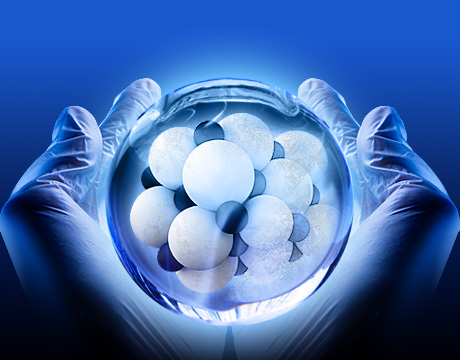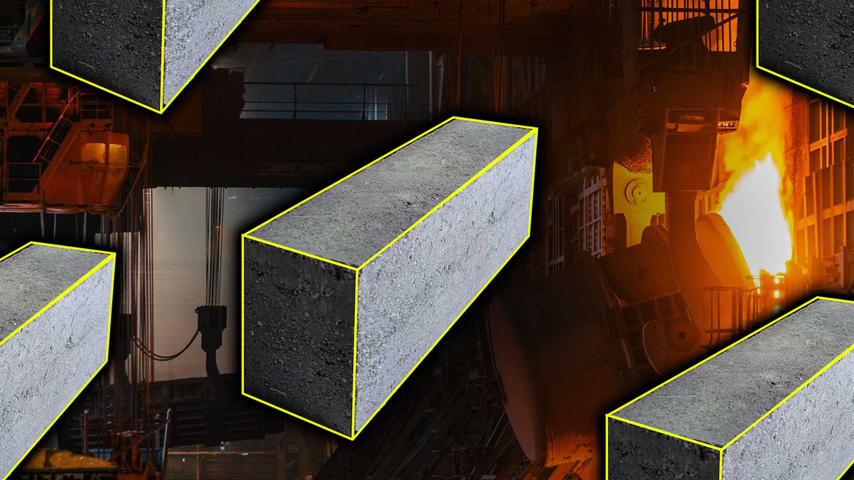Top 5 Trends in Nanotechnology
Top 5 Trends in Nanotechnology


For many, nanotechnology is viewed as merely a way to make stronger and lighter tennis rackets, baseball bats, hockey sticks, racing bikes, and other athletic equipment. But nanotechnology promises to do so much more. A more realistic view is that it will leave virtually no aspect of life untouched and is expected to be in widespread use by 2020. Mass applications are likely to have great impact particularly in industry, medicine, new computing systems, and sustainability. Here are some underlying trends to look for, many interconnected, and all expected to continue to accelerate.
1. Stronger Materials/Higher Strength Composites
The next generation of graphene and carbon nanotube-based devices will lead to even lighter but stronger structures than has been made possible by carbon fiber and will become increasingly obvious in cars, bicycles, and sporting equipment, says Clint Landrock, chief technology officer of NanoTech Security.
Dr. Samuel Brauer, founder Nanotech Plus, an alliance of consultants offering analysis and operational assistance about the business of nanotechnology, cites as one area of advancement the development of carbon nanotube pre-impregnated materials which offer better conduction, overcoming one of the major challenges of conventional carbon fiber/epoxy composites. He notes that carbon nanotube meshes have already flown on some space missions, for example, the Juno probe to Jupiter.
2. Scalability of Production
One big challenge is how to produce nanomaterials that makes them affordable. According to Dr. Timothy Fisher, Purdue University professor of mechanical engineering, technologies that can impact grand challenge problems such as food, water, energy, and environment must be scalable.
"The main reason that these problems are so grand is that they are ubiquitous and therefore the related commercial markets have become commoditized. Very often, a technology that exploits a unique attribute of a nanomaterial can offer improvements in functional or engineering performance, but almost as often, these technologies require scarce materials (and therefore expensive) or slow or complicated manufacturing processes (and also expensive)."
That limited scalability often hinders application despite outstanding functional performance in the laboratory or prototype stage, he explains.
3. More Commercialization
Over the next several years, significant advances are expected in carbon nanotube manufacturing technology, specifically in controlling the purity and structure, and in reducing costs due to economies of scale, according to David J. Arthur, CEO, SouthWest NanoTechnologies, a producer of carbon nanotubes.
"Advances will make the use of carbon nanotube materials even more compelling for mechanical engineers," he says. In addition to transforming the automotive, aerospace, and sporting goods fields, nanotechnology is facilitating so many diverse improvements: thinner, affordable, and more durable flat panel displays; improved armor materials to protect soldiers; sensors for medical testing; more humane and effective treatments for cancer patients; enhanced cathode materials for safer and longer life Li-ion batteries; and the list goes on.
4. Sustainability
One main goal of the National Nanotechnology Initiative, a U.S. government program coordinating communication and collaboration for nanotechnology activities, is to find nanotechnology solutions to sustainability. Mike Nelson, chief technology officer, NanoInk Inc., says nanomaterials and nanostructured surfaces are increasingly employed in many advanced energy storage and conversion projects, and nanomaterials and nanomanufacturing contribute to products that are more energy efficient in both production and use.
Dr. Eric Majzoub, associate director, Center for Nanoscience, University of Missouri - St. Louis, says this is done by controlling thermodynamics of solid-solid reactions through nanoscale size reduction and it can improve energy-storage materials including batteries, supercapacitors and hydrogen storage.
Nelson sees the greatest near-term impact in sustainability coming in the areas of transportation (more efficient and lighter materials for autos and aircraft, requiring less fuel) and in three other related areas: lighting, photovoltaics, and energy storage. "The types of nano technologies being employed in all three of these are similar in terms of using nanostructured surfaces or materials to improve efficiencies from an electronic performance perspective whether it's batteries or solar cells or LED lighting," he adds.
5. Nanomedicine
Nowhere is the application of nanotechnology more exciting than in the biomedical field, where advances are being made in both diagnostics and treatment areas. Houston-based Nanospectra Biosciences has been developing a new therapy using a combination of gold nanoshells and lasers to destroy cancer tumors with heat. Based on work done by Rice University professors, Dr. Naomi Halas and Dr. Jennifer West, the technology promises to destroy tumors with minimal damage to adjacent healthy tissue.
John Stroh, Nanospectra CEO, says he is hoping for European approval in the second or third quarter of this year and FDA approval early next year after 10 years of ongoing development and testing.
In the diagnostics area, nanosensors that can detect, identify, and quantify biological substances in body fluids are leading to early disease detection and earlier treatments as well as the ability to detect environmental contaminants in the body.
Nancy S. Giges is an independent writer.
Advances will make the use of carbon nanotube materials even more compelling for mechanical engineers.David J. Arthur, CEO, SouthWest NanoTechnologies




